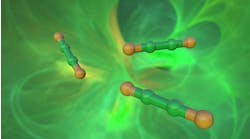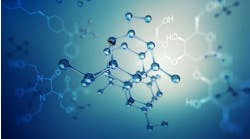Alkanes Activate – Form of a New Catalytic Method
Chiral olefinic compounds are crucial in developing pharmaceuticals and specialty chemicals where the specific form of a molecule can profoundly influence its function. The researchers believe their work could open even more industrial applications for them.
They used a class of chiral acids known as imidodiphosphorimidates (IDPis) to catalyze the ring-opening arrangements of cyclopropanes.
“The modifications we made to certain parts of the catalyst enabled us to produce higher amounts of the desired products and specific forms of the molecule,” said associate professor Nobuya Tsuji of Hokkaido’s Institute for Chemical Reaction Design and Discovery (ICReDD) and co-author of a recent paper about the work in Science.
“By using advanced computational simulations, we were able to visualize how the acid interacts with the cyclopropane, effectively steering the reaction toward the desired outcome,” he added.
These simulations also suggest involvement of the long-debated cycloproponium ions.
“The key insight is that the asymmetric activation of alkanes can only be achieved by controlling pentavalent carbonium ions—specifically, the cycloproponium ion in this work. In this paper, we demonstrated that a chiral counteranion can effectively control such elusive carbonium species in a highly enantioselective fashion, suggesting that many other carbonium ions could potentially be handled using the same strategy,” Tsuji explained.
This control was crucial in guiding the process toward the desired products while minimizing unwanted byproducts. To optimize their approach, the researchers systematically refined the structure of their catalyst, which improved the results.
Tsuji notes that the method also worked “pretty well” for a wide range of cyclopropanes, including bicyclohexanes, bicycloheptanes and cyclopropanes.
For now, the team’s ongoing focus is two-pronged. The first is on improving the catalyst and reaction conditions used in some unsuccessful examples. At the same time, the second involves expanding the scope of the method to other classes of alkanes.
The work has attracted funding from many organizations including ICReDD, the German Research Council, the European Research Council and the EU’s Horizons 2020 research and innovation program.
Tsuji says that the team’s ongoing work will receive financial support from most of them in the coming years, adding that any industrial interest/investment is most welcome.



